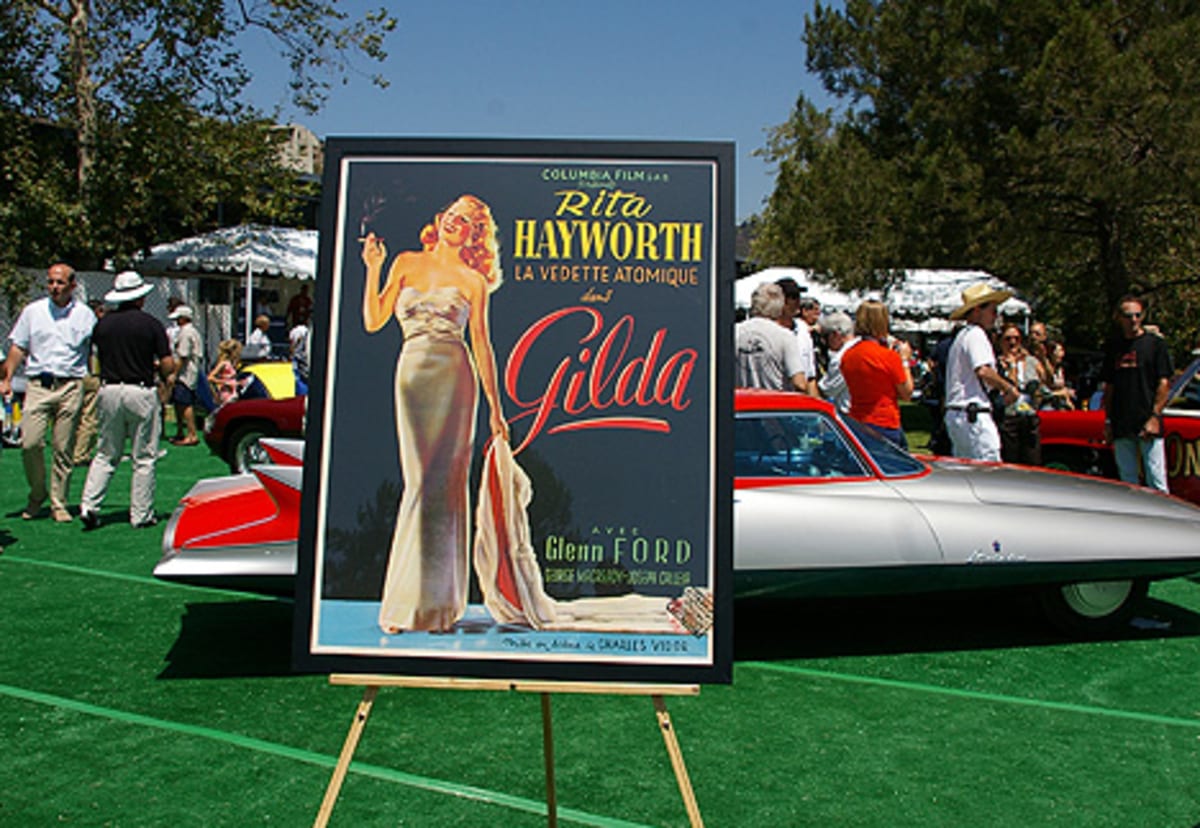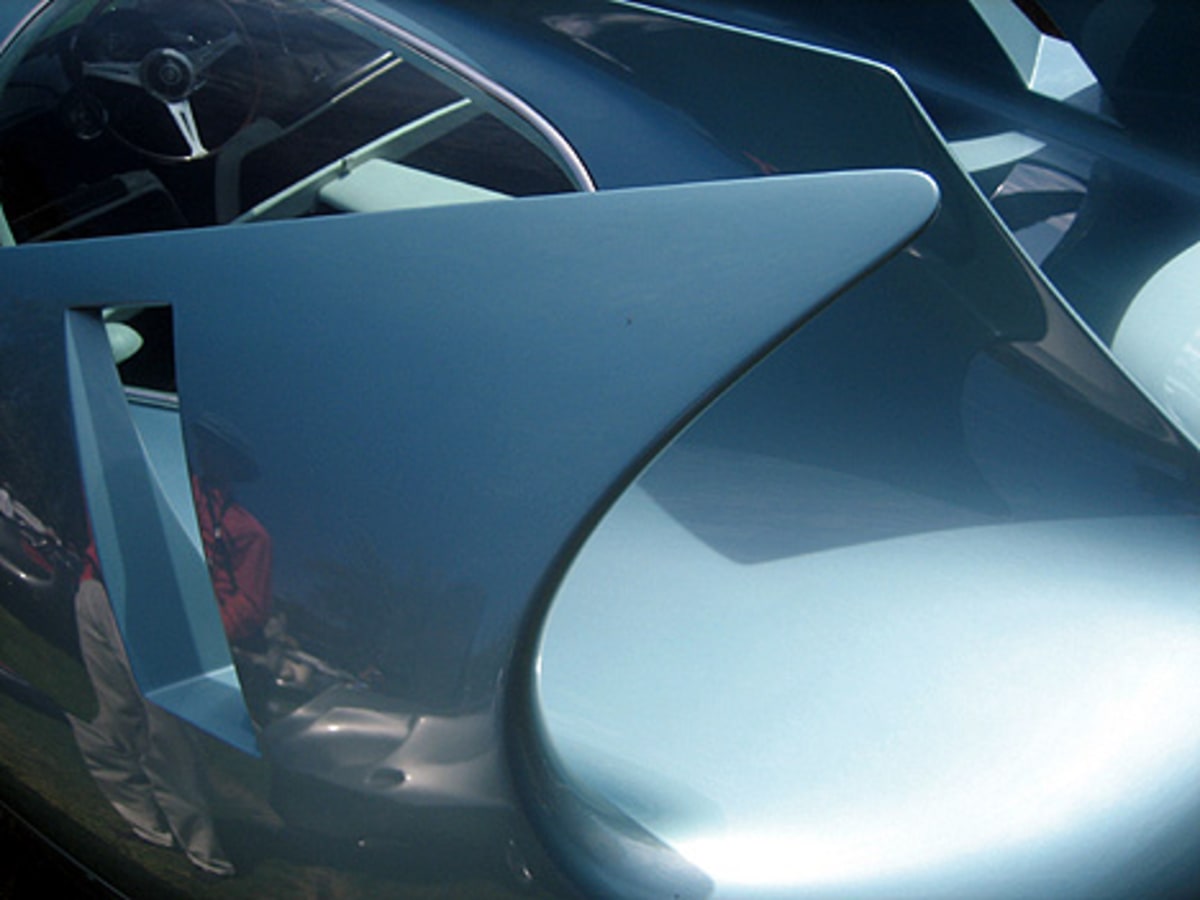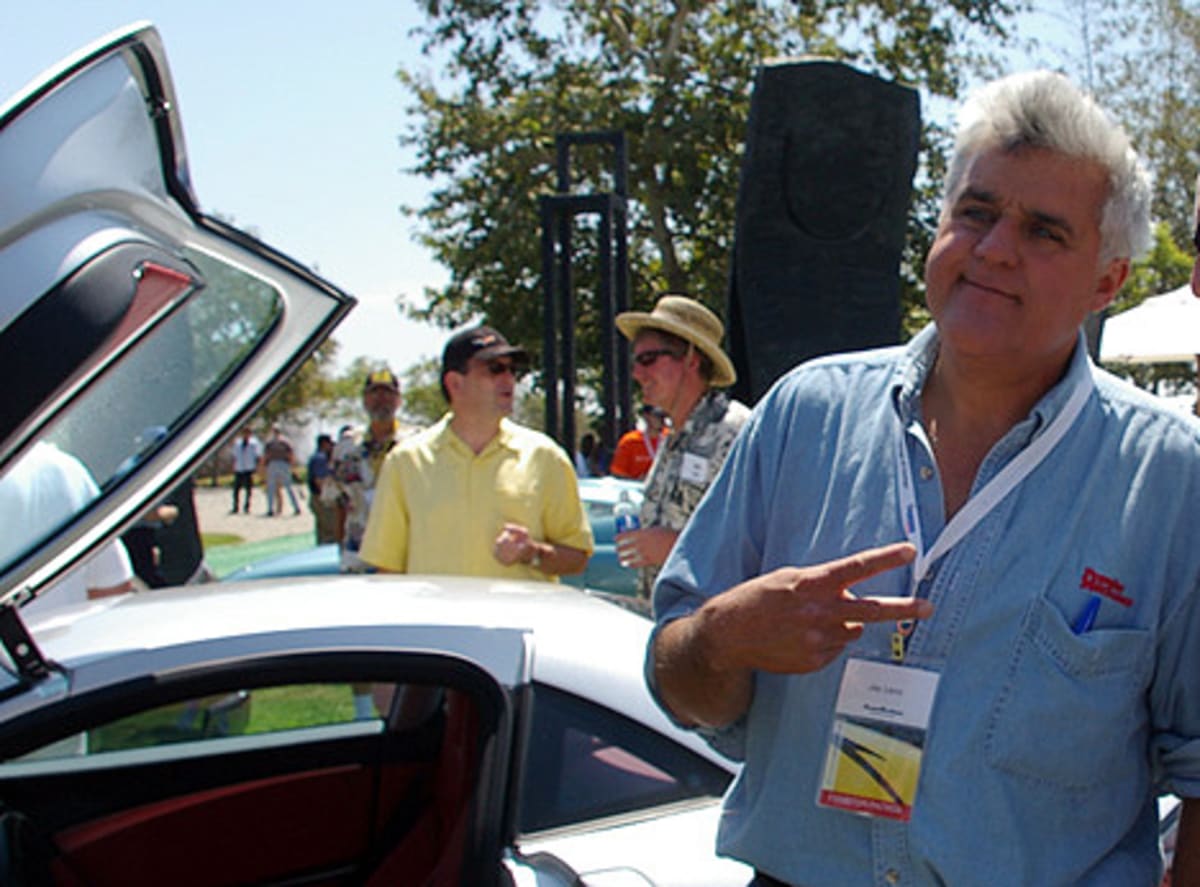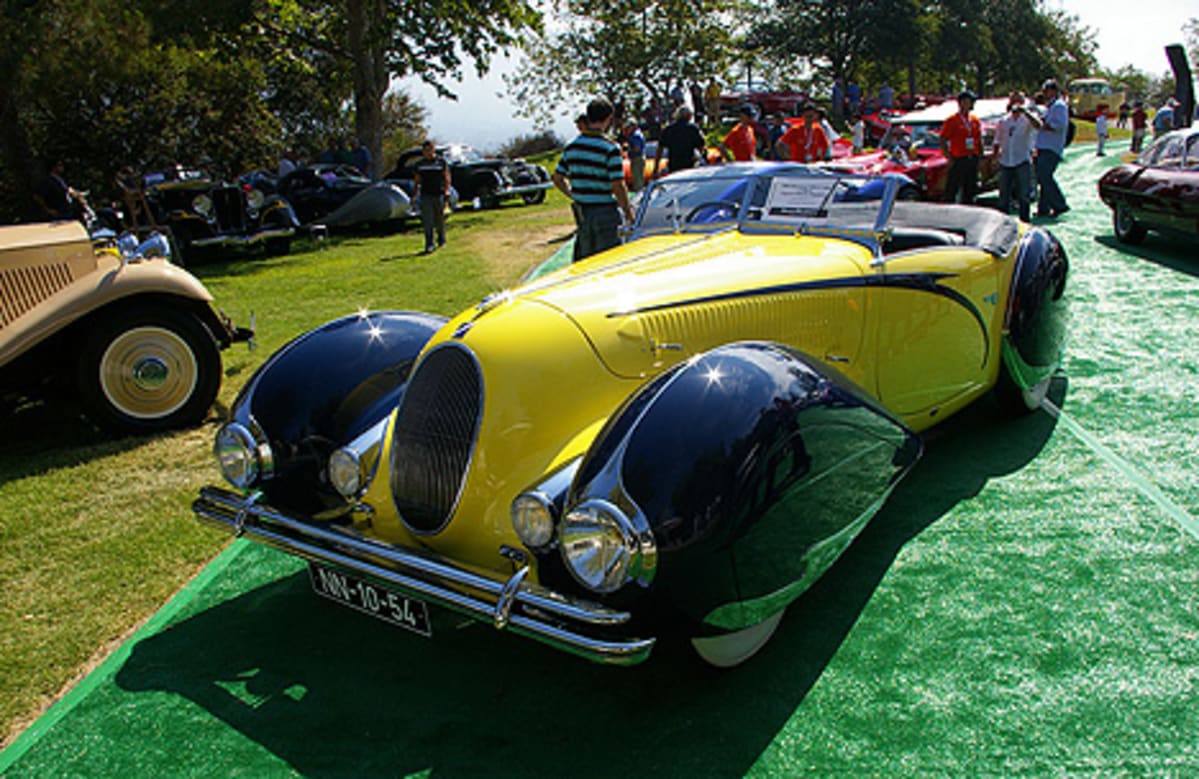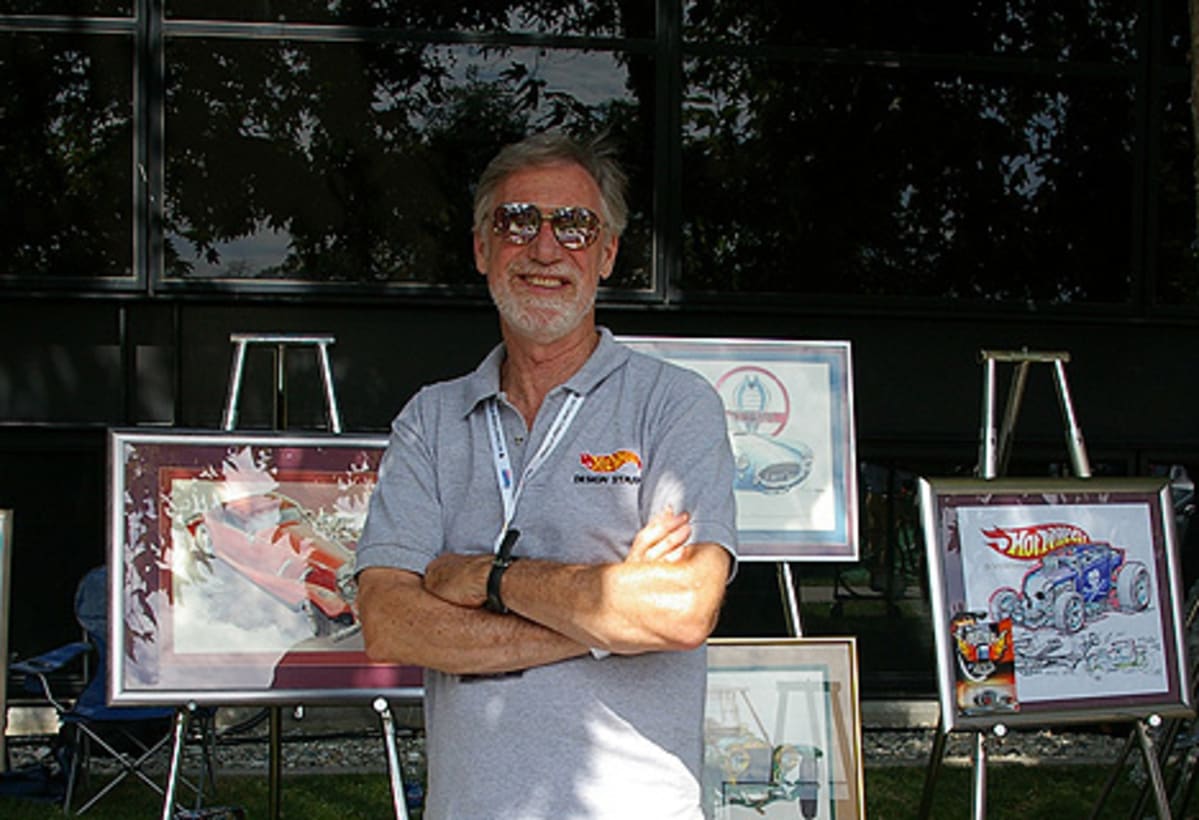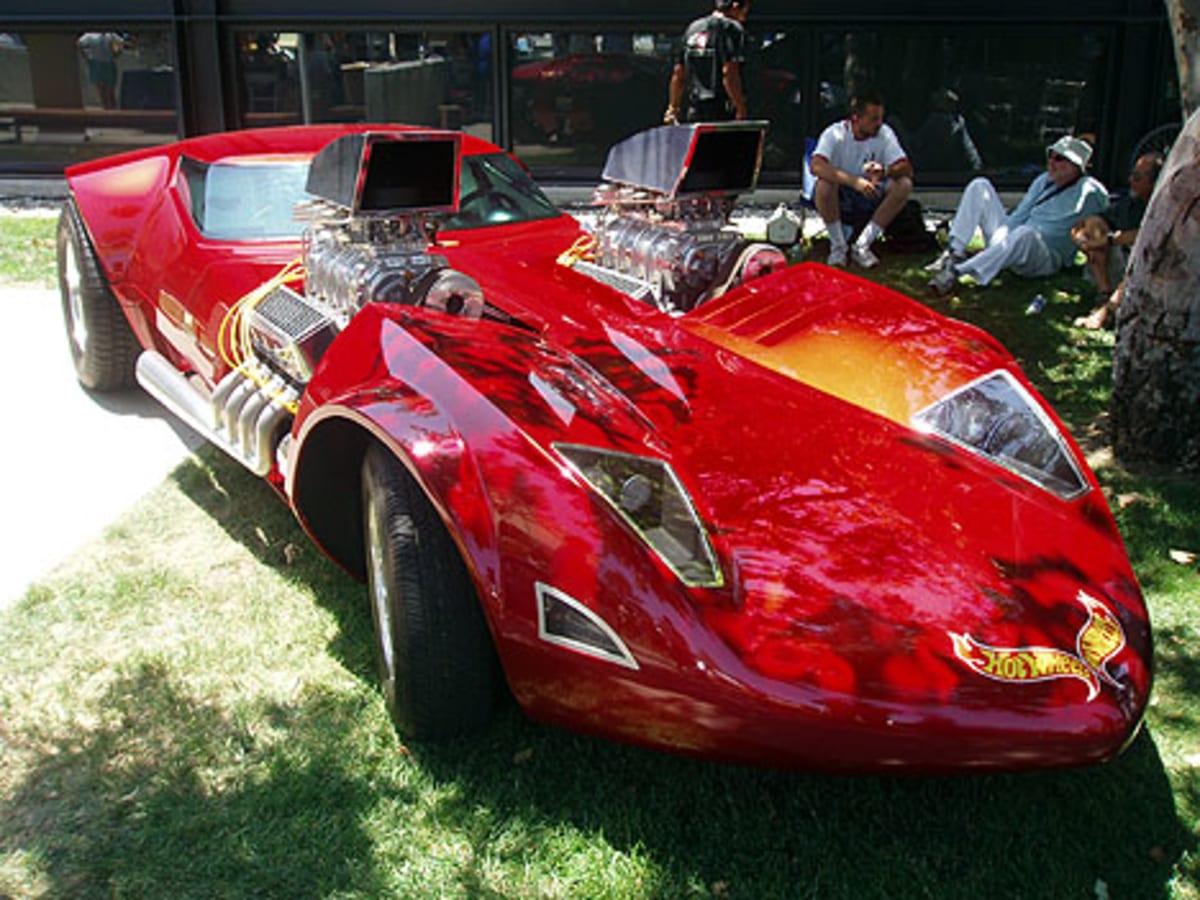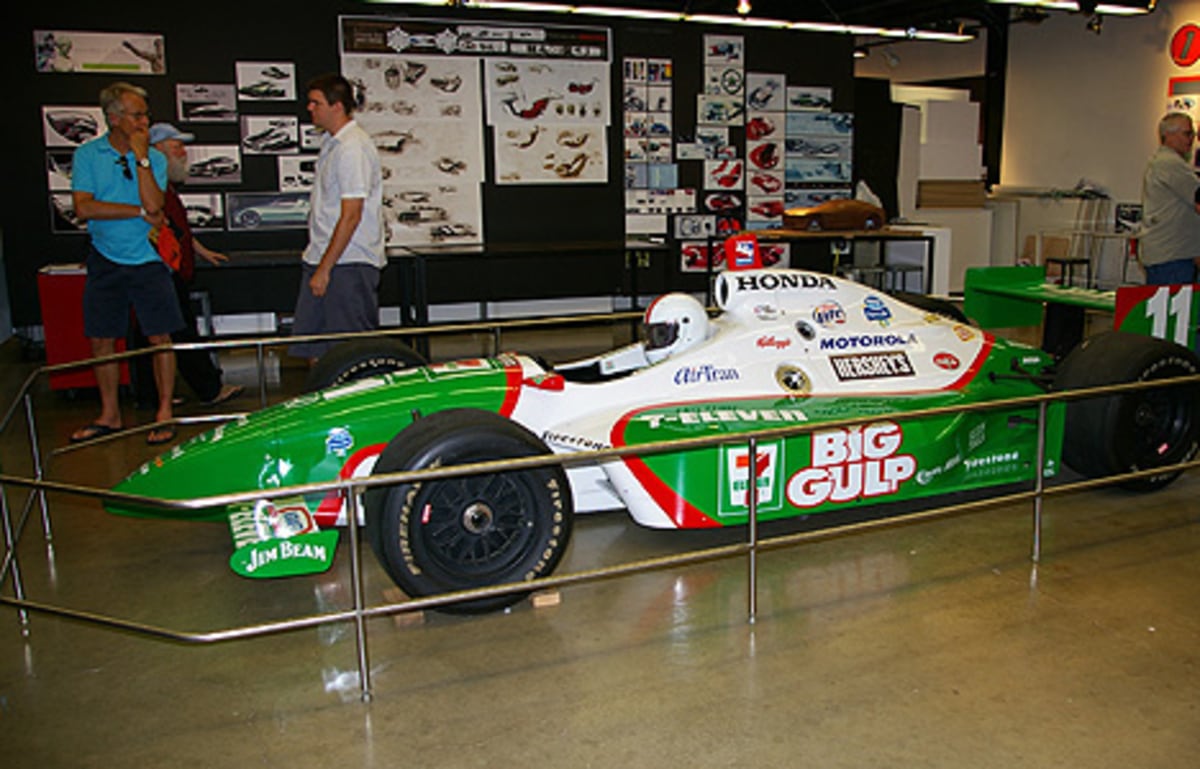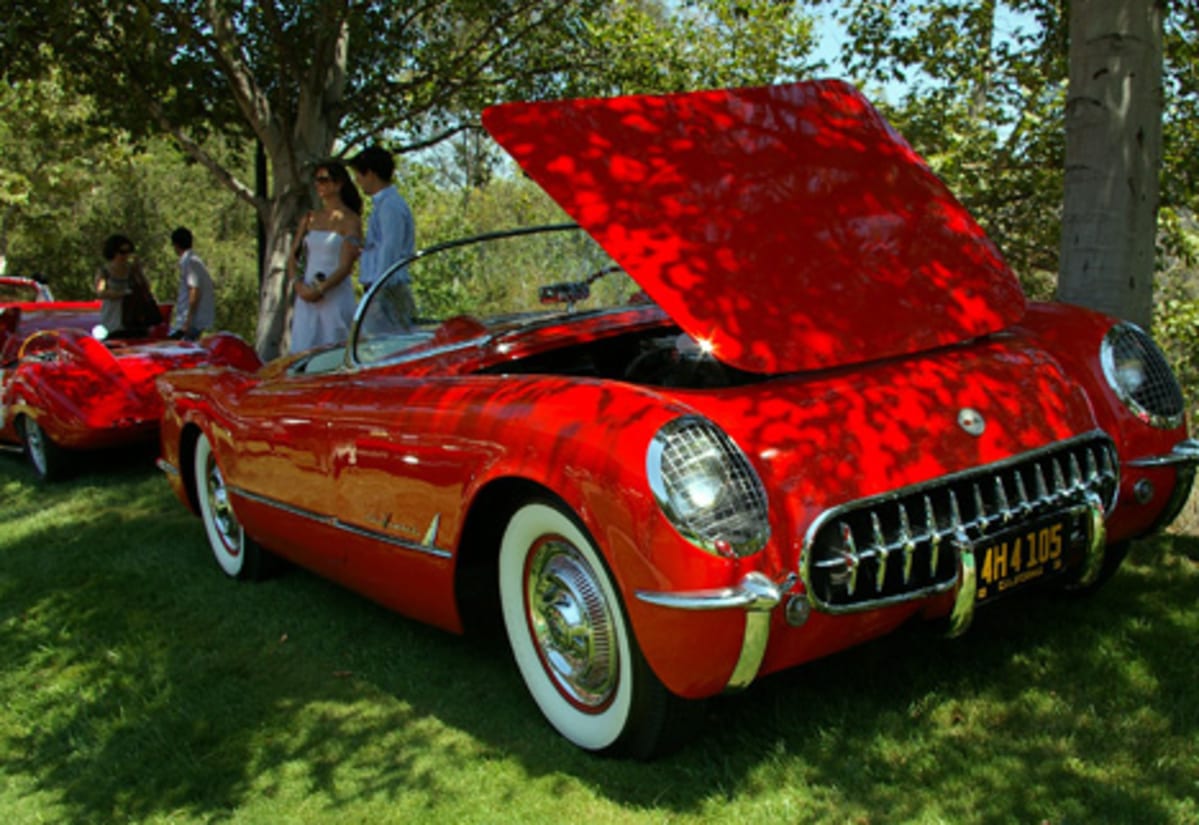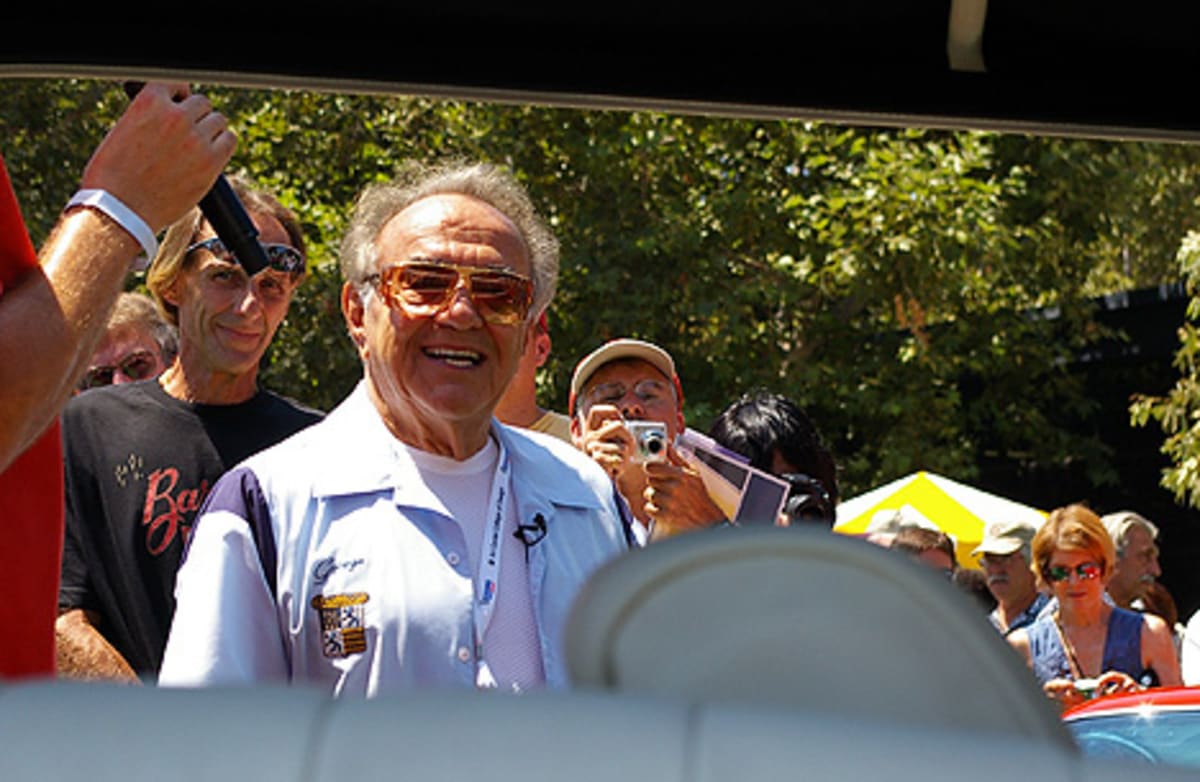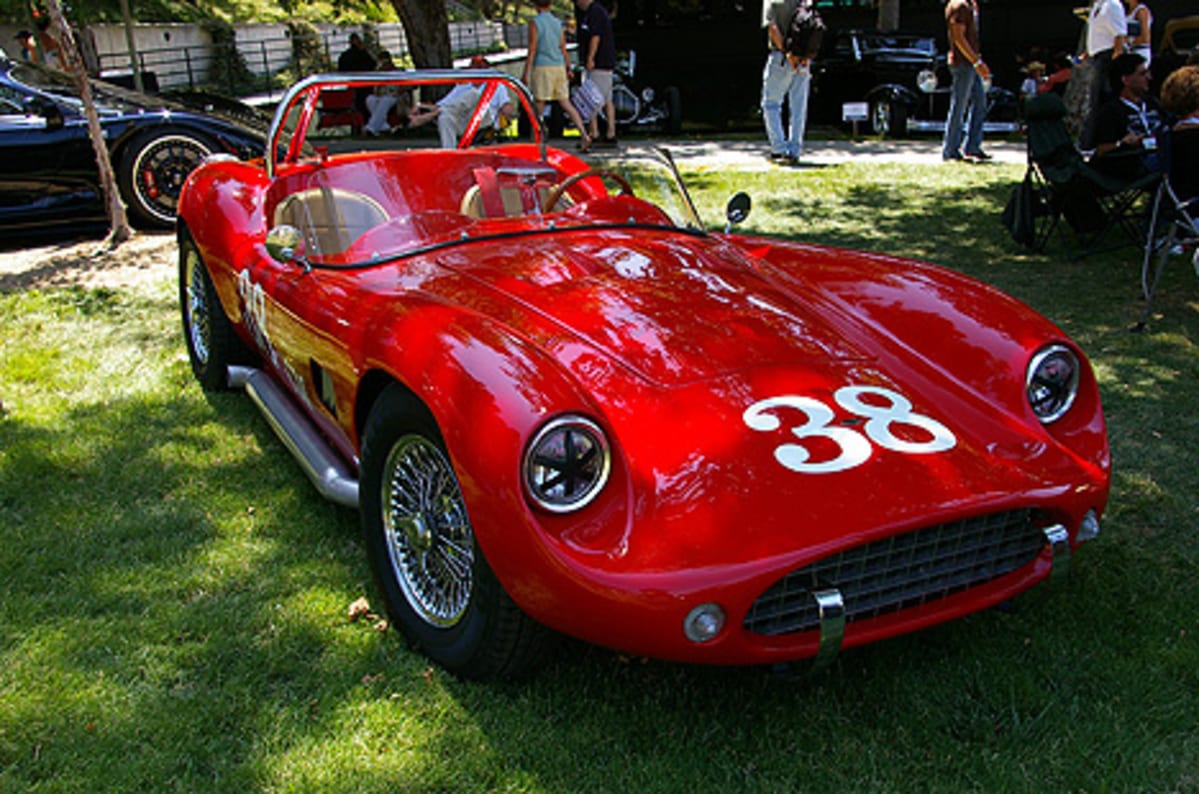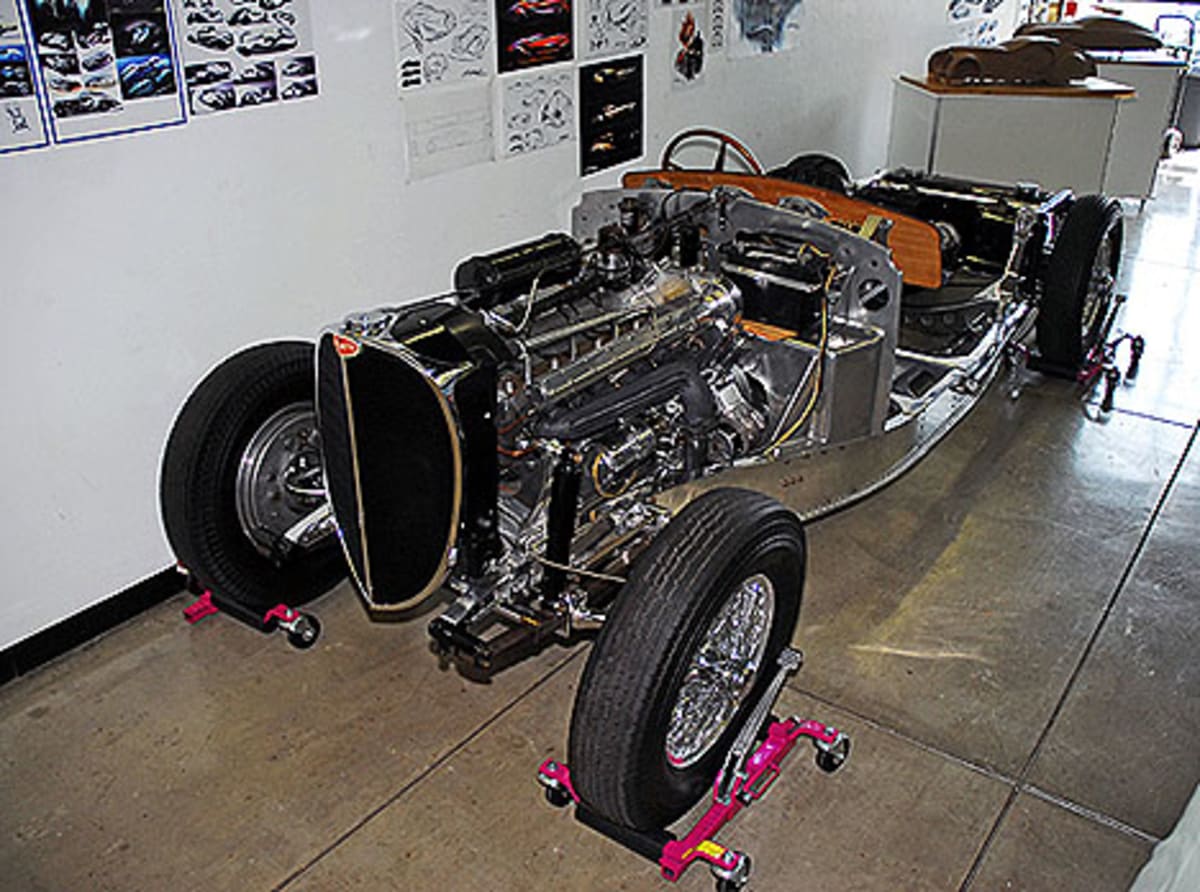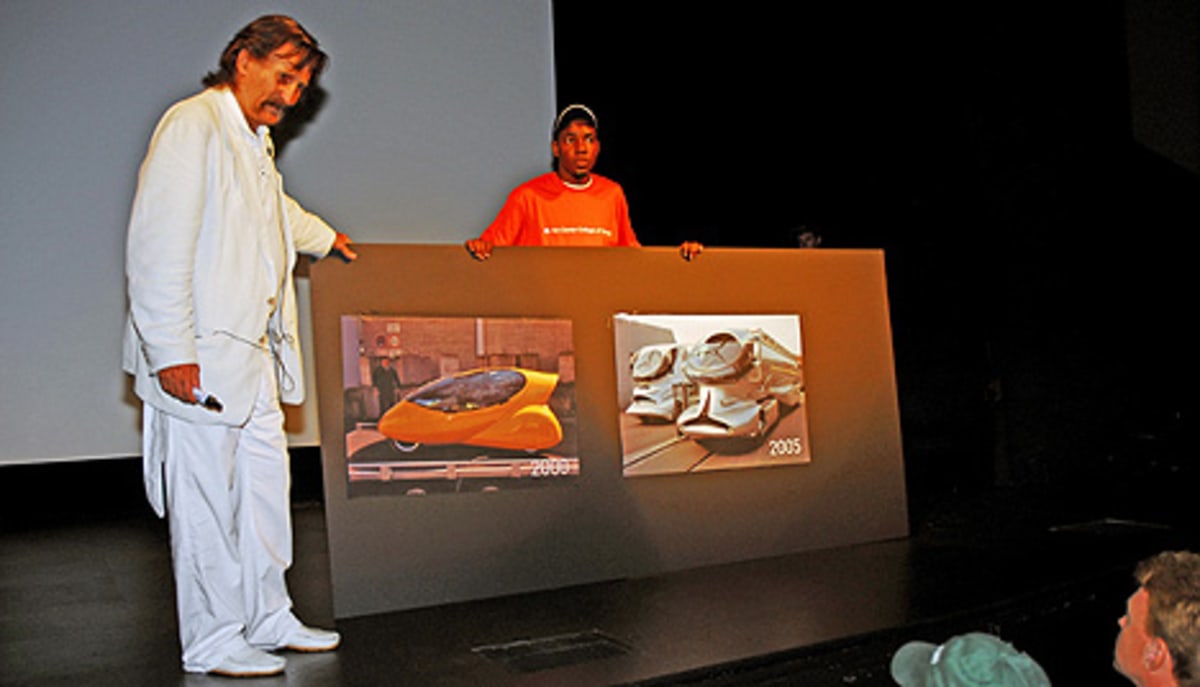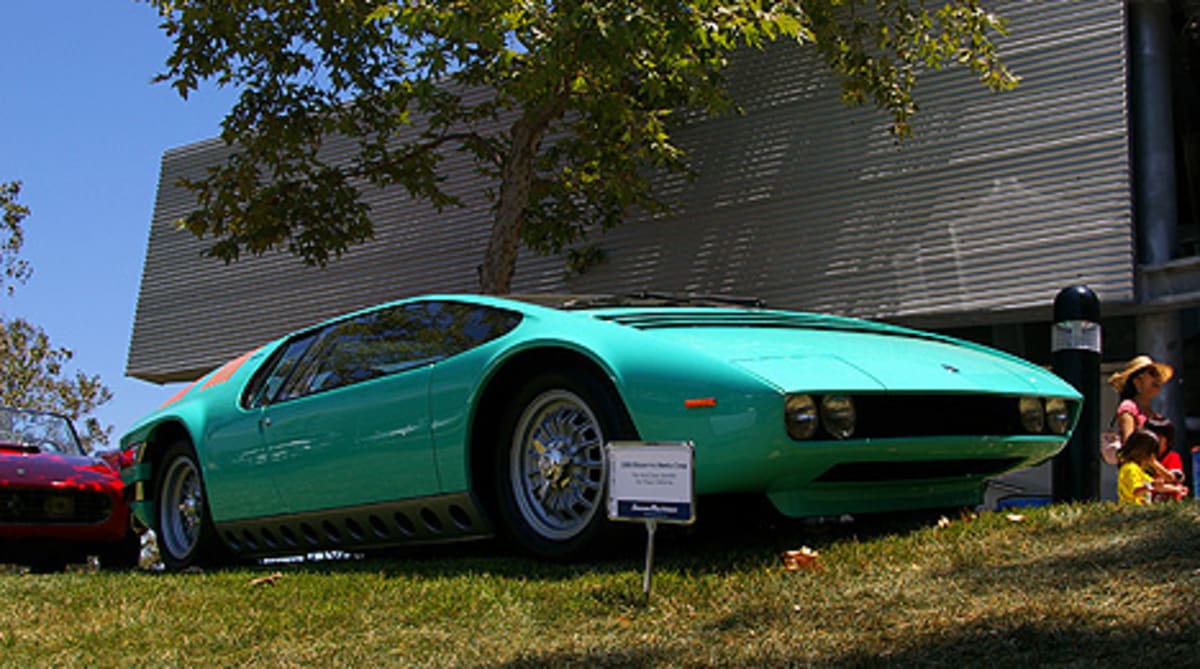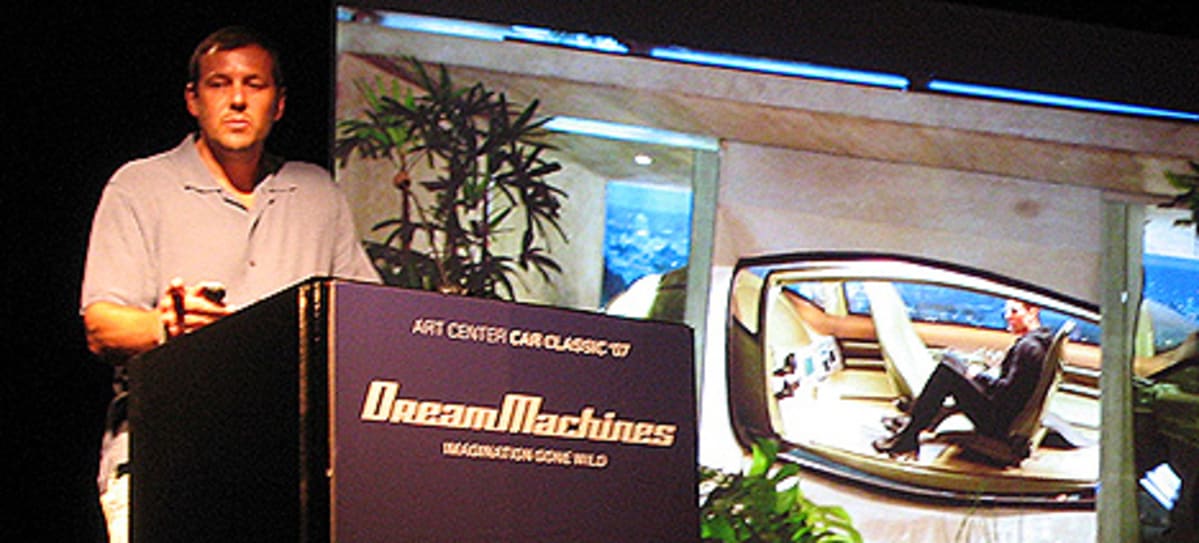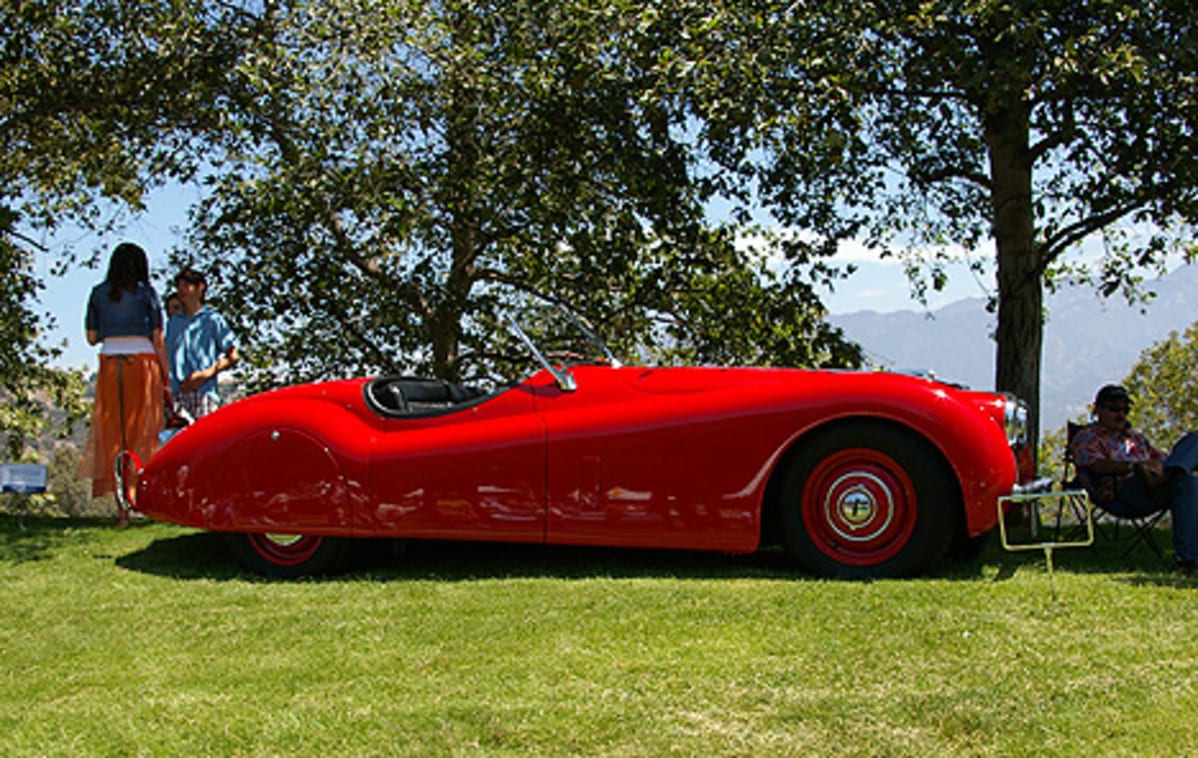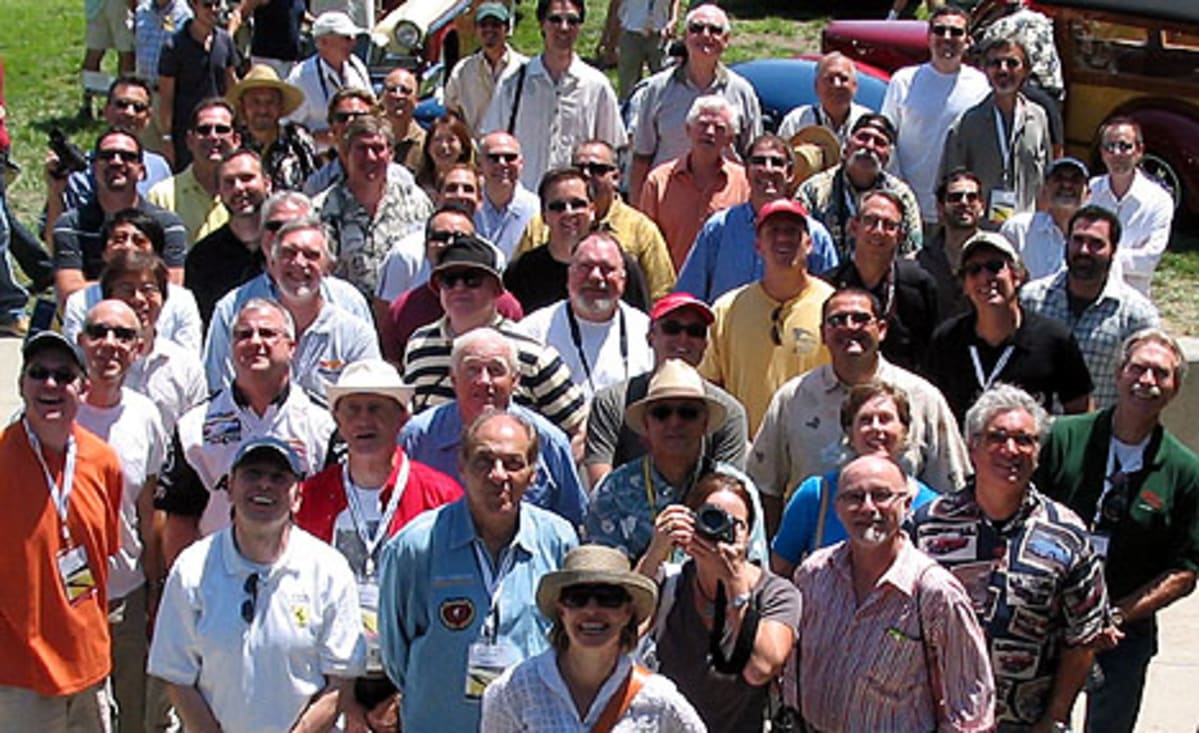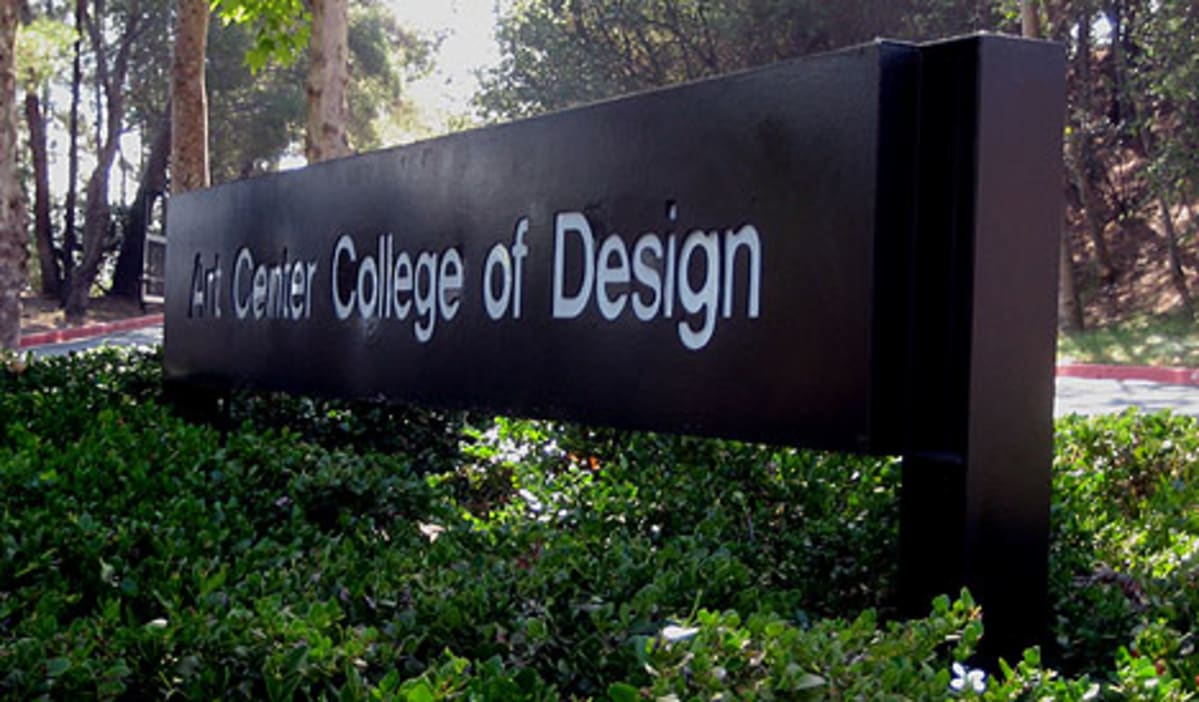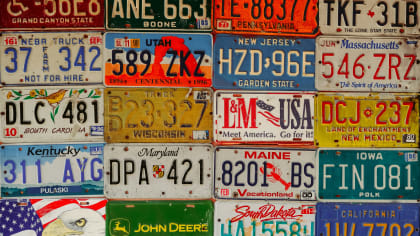CLASSIC CARS GONE WILD
This article is from our archives and has not been updated and integrated with our "new" site yet... Even so, it's still awesome - so keep reading!
Published on Mon, Jul 23, 2007
By: The LACar Editorial Staff
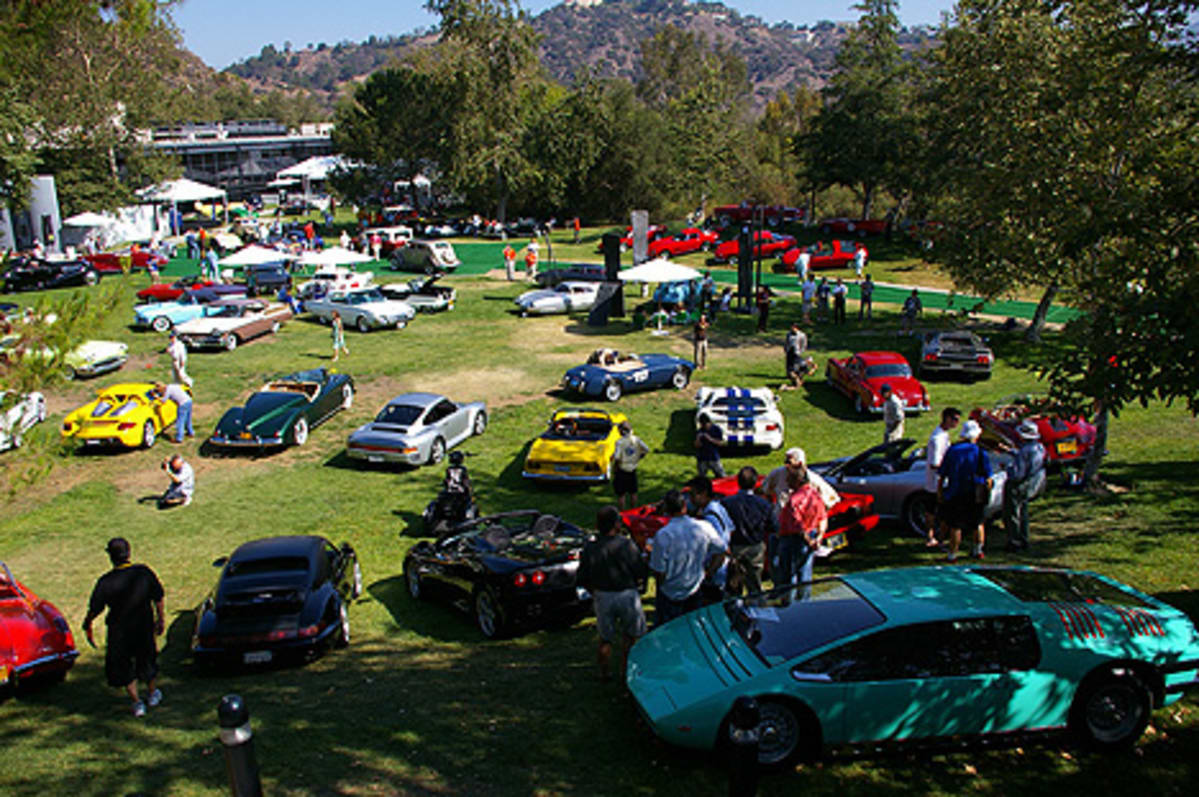
(John Grafman photo)
CLASSIC CARS GONE WILD
(Grafman)
This year's theme is "Dream Machines: Imagination Gone Wild" featuring the more
outrageous side of automobile design. "Dream Machines" focuses on the
cutting-edge and the futuristic, with an accent on entertainment. This year's
event includes speakers Luigi Colani and Harald Belker TRAN '90, two of the
world's most wildly imaginative designers. Barry Meguiar, host of Car Crazy and
KABC's Dave Kunz once again emcee the event.
Alfa Romeo BAT car (Nakano)
During the past six years, the Art Center Car Classic has carved out a unique
niche among the hundreds of annual automotive events taking place around the
country. There are hundreds of car shows out there throughout the Southland, but
the Art Center Car Classic remains a very focused experience for the
approximately 3,000 car collectors, automotive designers, Art Center alumni,
design students, and car aficionados who participate. - Roy Nakano
Jay brings his own "bat"
car (Grafman)
DREAMS AND WHEELS OF FORTUNE
If the Art Center Car Classic '07 were to be measured by music standards, it
will be off the charts. The show offers a variety of exhibits and cars to amaze
and satisfy everyone's passion. However, two exhibits caught my eye and deserve
some special attention.
Darracq/Talbot lago T-150-C (Grafman)
Larry Wood
To begin with, Mr. Larry Woods has, to say the least, an extraordinary
imagination. This imagination has touched virtually every kid in America, if not
the world. I am sure most children have or have had at least one Hot Wheel. But
then again, I am sure there are many children and even adults, like myself, who
have collected hundreds of Hot Wheels. In fact, I admit racing Sizzlers, the
electric counter part to the legendary Hot Wheels, on a fat track every race day
with a bunch of my buddies.
Larry Wood (Grafman)
During the Art Center show, I had the chance to chat with Mr. Woods for a brief
moment and asked him where he thought most of his Hot Wheels designs originated
from? He first smiled and stated that he does not exactly know. He commented
that he comes up with designs endlessly throughout the day. However, he stated
he enjoys hot rods and grinned, "You cannot go wrong with designs from the
inspiration of hot rods."
One such hot rod is the "Twin Mill". a dual-monster engine Hot Wheel which
demonstrates an example of Larry Woods' design inspiration. This exotic machine
is in full life at the Hot Wheels exhibit and caught the attention of on-lookers
by the masses. Thank you Mr. Larry Woods, and keep up your remarkable Hot Wheels
imagination for many years to come.
Hot Wheels Twin Mill
(Fuhrman)
The Indy Car Project
This exhibit continues to demonstrate the incredible talent behind the closed
doors of Art Center College of Design. The project was split between four team
designs with four different themes. Each team encapsulated engineering drawings
and their unique theme layouts.
Team One: Based on a super hero concept, their Indy cars are tough with extra
wide and large tires, a muscular body design, and a color combination to match
the super hero. One of the main Indy Car designs is in transformation. The
transformation materializes when the car reaches a certain speed and engine
heat. The body and layout of the Indy car transforms to meet the needs of the
course and to establish a surprise attack on the competition. People have always
been fascinated with super heroes, and incorporating them in the design theme of
Indy cars is a fun and exciting idea.
Indy Car Project (Grafman)
Team Two: Based on an Indy car racing fan theme, these cars are designed to
increase enthusiasm and addiction to the sport. One of the main themes is to
increase visibility to give the fan a better perspective on what is happening on
the inside of the car. Maintaining the theme of addiction, the drivers are
dressed in a more futuristic and stylish race suit. The suits are based on
fighter pilot gear, which is a nice addition to keep excitement in the fans.
Overall, with better visibility, more exotic cars and drivers, the fans and the
casual on-looker may just become addicted to this exhilarating sport.
(Grafman)
Team Three: This team's approach is based on the athlete. Now, although racecar
drivers are athletes, the Indy car design is based on other athletic sports. One
example is the race technology from crew racing. In crew, to increase speed, the
body slides back while pulling back on the oars to push the team faster through
the water and to slow down, the body leans and slides forward. This is the
concept used to design one of the Indy cars. The car top with driver slides back
when speeds are increased such as down a straight-of-way. And when slowing down,
the top slides forward. This team also continues with a futuristic racetrack.
The track is designed above the ground with rolling twist and turns set in a
stadium layout.
George Barris (Grafman)
Team Four: Basing the integrity of the car from the human skeletal system, this
team focuses more on the safety of the driver through its Indy car design. After
all, our skeleton is designed to protect our interior system - especially the
vital organs such as the brain, heart, and spinal cord. This team also has some
amazing looking cars, but a nice approach when their thoughts are protection of
the driver. Cheers for keeping these special racers safe, especially when
reaching speeds close to 200+ mph.
- Kurt Fuhrman
(Grafman)
PETER MULLIN'S BUGATTI PROJECT
Well known classic auto collector Peter Mullin has made a special project for
Art Center College of Design's transportation department by furnishing a 1938
Bugatti Type 64 chassis and asking eight design students to design a
contemporary body that will be fitted onto the chassis. Peter will pick one
winner from the eight students and have the completed Bugatti on display at the
College.
Peter Mullin's Bugatti (©
Harvey Schwartz)
LUIGI COLANI
Luigi Colani has been designing for almost six decades. Professor Colani has
produced bold designs for cars, boats, airplanes, ceramics and many consumer
goods. He has also created futuristic designs for transportation and
architecture, using biomorphic shapes. The professor started his career in 1953
by designing revolutionary, all-plastic bodies for automaker Simca. His passion
is aerodynamics, and he uses shapes he finds in nature - especially underwater
by studying sharks, manta rays and other fish.
Luigi Colani on aerodynamics (©
Harvey Schwartz)
His talk touched on why America is losing the battle in world-wide manufacturing
of automobiles because "America is afraid of moving ahead", "is not taking the
lead in new aerodynamic shapes and forms" and that, "America is not hungry
enough, as we are too rich, too lazy, and losing our edge in the world."
The Professor maintains his studio and workshop in Karlsruhe, Germany.
- © Harvey Schwartz
(Grafman)
MEET THE DESIGNERS: HARALD BELKER
In addition to the dozens of classic automobiles on display, the Art Center Car
Classic gives attendees an opportunity to meet well-known automotive designers,
such as Harald Belker. Belker has an impressive list of design credits ranging
from a series of electric bikes he designed for Lee Ioccoca to creating Hot
Wheels cars for Mattel. He is probably best known, however, for his vehicle and
prop designs seen in numerous motion pictures.
Harald Belker (Berry)
Early in his career, Belker designed cars for Porsche in Germany. Later, after
being given the opportunity to design the Batmobile for the 1997 film Batman &
Robin, his interest and focus shifted to entertainment design. Belker has also
designed props and vehicles for such films as Inspector Gadget, Armageddon,
Minority Report, Spider-Man, and The Cat in the Hat. He's a 1990 Art Center
graduate.
(Grafman)
ART CENTER GRADS: WHERE ARE THEY NOW?
It's not hard to locate Art Center graduates. In fact, a number of them are here
at the Car Classic - and they have assembled for an alumni photo. Their
enthusiasm and the big smiles on their faces are representative of the pride and
satisfaction they must feel as they return to the College that prepared them for
successful design careers. This is merely a sampling of Art Center graduates, of
course. Others can be found working for major corporations and organizations
worldwide. Since 1930, Art Center has prepared students for rewarding careers in
such fields as product design, illustration, advertising and (as demonstrated at
today's Car Classic) transportation design.
- Reed Berry
Art Center alumni
(Berry)
For more information about Art Center Car Classic, click
here
For more information about Art Center College of Design, click
here
